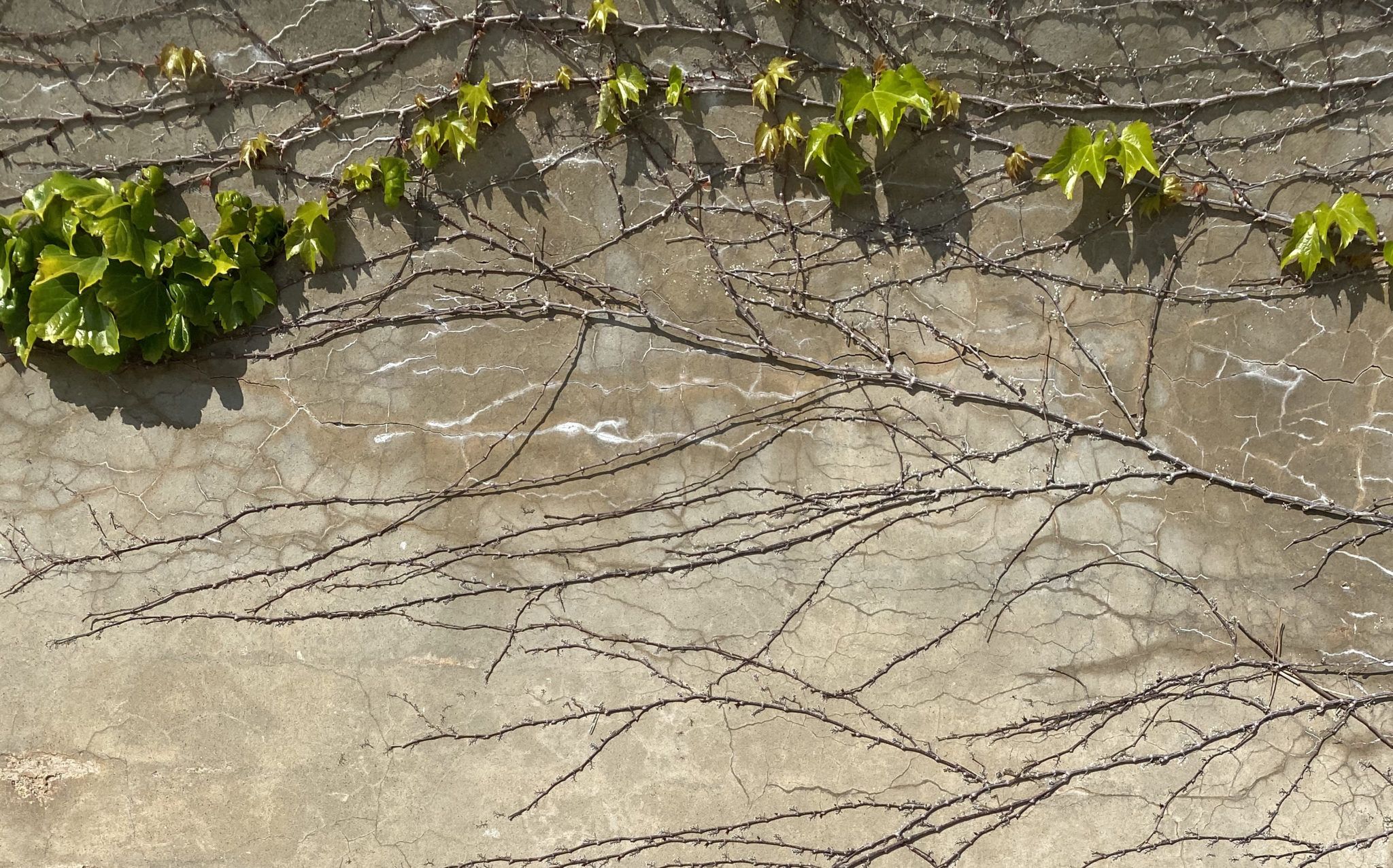Change is the only constant in life. While we know this deep down, it’s a difficult truth to accept. It’s even harder to live, especially when we’re faced with the awkward, messy, and painful free fall into groundlessness.
According to the Yoga Sutras, our relationship to the shape-shifting nature of prakriti is fraught with suffering. Patanjali teaches us that our suffering is caused by a misguided identification with the external world. Our desperate search for solid ground not only perpetuates our constructed identities, but also deepens the divide between what is and what we believe *should* be.
The kleshas offer an interesting lens through which to see our relationship to change. There are five kleshas, or obstacles, which all stem from the first: avidya, or ignorance. Avidya is the tragic misperception of Self and the ways in which it distorts our reality. From avidya comes asmita, or self-centeredness. Asmita is the byproduct of ignorance because in looking for ourselves in all things, we place ourselves at the center of all things. From the vantage point of “I-ness”, we’re constantly searching for evidence to support our theory of Self. Raga, or attachment, is a grasping for proof. We attach to that which delivers the pleasure of certainty — an assurance that our constructed identity is real. Dvesha, or aversion, is an avoidance of any and all things that challenge our ideas of who we are.
Through the lens of the kleshas, our resistance to change is not simply about hurtling from the comfort of what we know into the abyss of not knowing, but the fear of losing who we think we are. When we see change from this perspective, then abinevesha, or our identification with the body and the inherent fear of losing it, is more about our deep fear of self-annihilation — that we will someday cease to exist. If, in our ignorance, we suffer from a case of mistaken identity, then the awkwardness and pain of change is also grief — we mourn the loss of who we thought we were.
Patanjali, give us a tool!
Cue sutras 1.10 and 1.11. Patanjali suggests that we can quiet the affect of the kleshas through involution and meditation. Involution is the process of tracing the affliction back to its source. We work backwards from abinevesha to avidya and try to excavate the root cause of our reactions. For example, a fear of handstand — the legitimate fear of falling (dying!) and the fear of the unknown — can offer insight into why we might avoid it in our practice. We might discover that our inner narrative reflects this fear in how we talk to ourselves on the mat — “Handstand is not for me,” or “Handstand will never happen for me.” This reflects our identification with our ability and reveals how we have in fact defined our sense of Self around our external experience — “I am a person who cannot do handstand.” Here, we arrive at the source of our suffering — our ignorance of who we truly are, which is infinite, free of cause and effect, and beyond definition.
As teachers, there’s infinite value in meditating on these ideas. They can offer a window into our collective human experience. Examining how the kleshas play out in our own lives gives us the capacity to hold space for our students as they navigate change in their practice due to season, life, age, injury, ability, beliefs, identity, and on and on. Doing our work cultivates the tolerance and the tools to meet our students where they are so that we can be with them as they do their work.
I encourage you to journal about how the kleshas show up for you in your life, practice, and teaching. How does your relationship to each obstacle inform your mindset, approach, and beliefs? I’m excited to hear what you find.
xo


